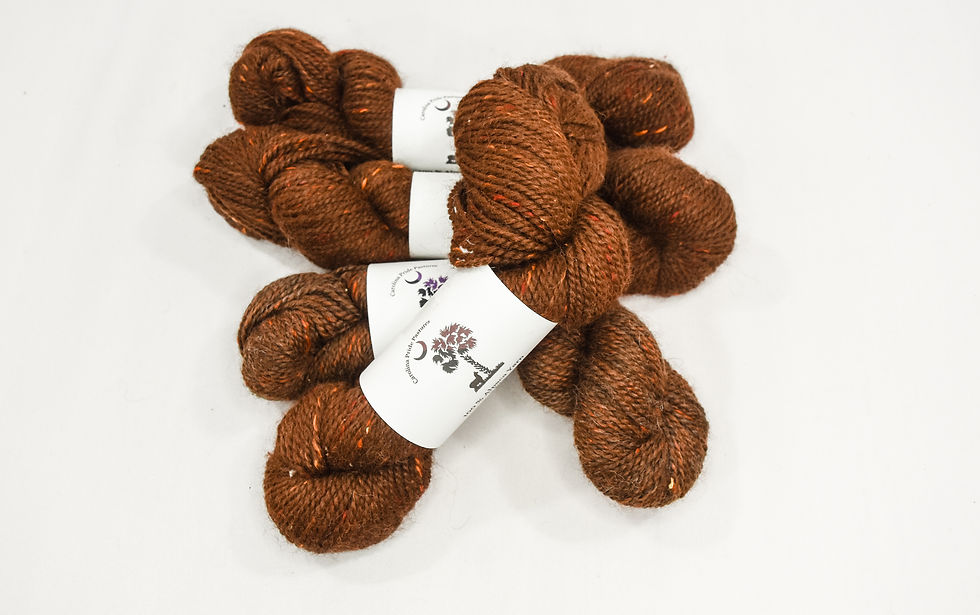Shearing Alpacas: A Guide to a Vital Seasonal Ritual
- Carolina Pride Pastures
- Jun 5, 2024
- 2 min read
Shearing alpacas is an essential annual task that benefits both the animals and their owners. This process not only helps keep alpacas comfortable in the heat of the summer but also provides valuable fleece used in the production of yarn, roving, and nesting material. In this blog, we'll explore the importance of shearing, the best practices for the process, and some tips to ensure a smooth shearing day.
Why Shear Alpacas?
Health and Comfort
Alpacas, native to the Andes Mountains, have evolved with a thick fleece to protect them from the cold. However, in many parts of the world, especially here in Southeast where temperatures can rise significantly, this fleece must be sheared in mid to late spring. Shearing helps prevent overheating, skin infections, infertility, and other health issues related to excessive heat.
Quality Fleece Production
Shearing once a year can yield a high-quality fleece that is softer and more manageable. Regular shearing ensures that the fleece remains clean and free of debris, making it more valuable for textile production. When the fleece is too long, the mill cannot process it in their machines.

Preparing for Shearing Day
Timing
The best time to shear alpacas is in the spring. This timing ensures that they have a light coat during the summer months, which helps them stay cool, and enough time to grow some fleece back before winter.
Tools and Equipment
You have two options- hire a shearer or DIY. If you are hiring a shearer, you need to get on their schedule Feb or March. The longer you wait, the more likely they will not be available due to schedules, weather, or sending equipment off for maintenance. Shearers generally charge a setup fee between $50-$100, a cost per alpaca for shearing ($35-$50 each), and a cost for teeth. Most charge for mileage or travel. You can save on this cost if they bundle you with another farm in the same day.
If you are going to DIY it, invest in good quality shearing tools, including electric clippers, combs, and blades. Additionally, you'll need a shearing table or mats, ropes or halters to secure the alpacas, and a clean, spacious area to work in. This will be at least a $1200 investment.
Shearing is not a one-person job whether you are hiring someone or doing it yourself. Assemble a team to help with handling the alpacas, organizing the fleece, and providing general support. Shearing takes a strong back and the ability to get up and down...fast. But the biggest thing you need on shearing day.....PATIENCE!
Post-Shearing Care
After shearing, inspect the alpaca for any cuts or injuries. Apply antiseptic if needed, and monitor the animal for any signs of stress or discomfort. Ensure they have access to shelter, especially if the weather turns cold unexpectedly.
Conclusion
Shearing alpacas is a critical task that requires preparation, skill, and care. By ensuring that the shearing process is done correctly, you contribute to the health and well-being of your alpacas and produce valuable fleece for various uses. With proper techniques and a dedicated team, shearing can be a smooth and efficient process, beneficial for both the alpacas and their caretakers.




Komentáře